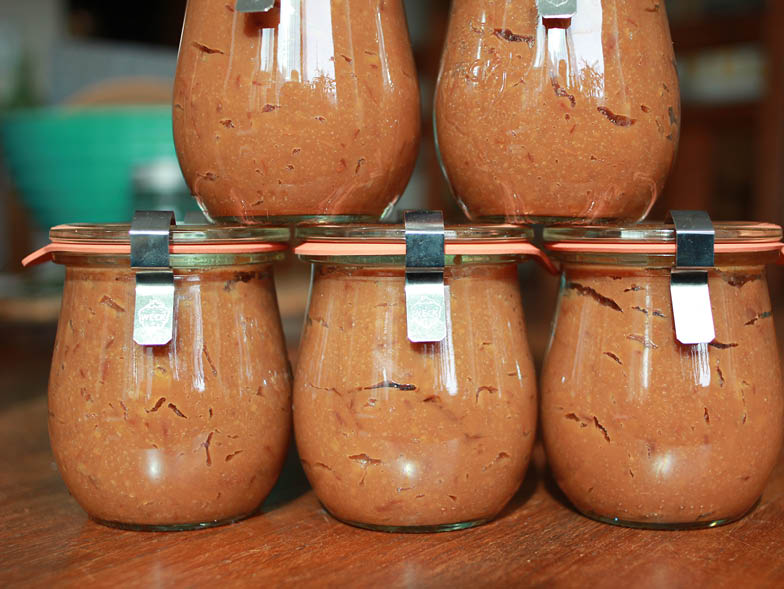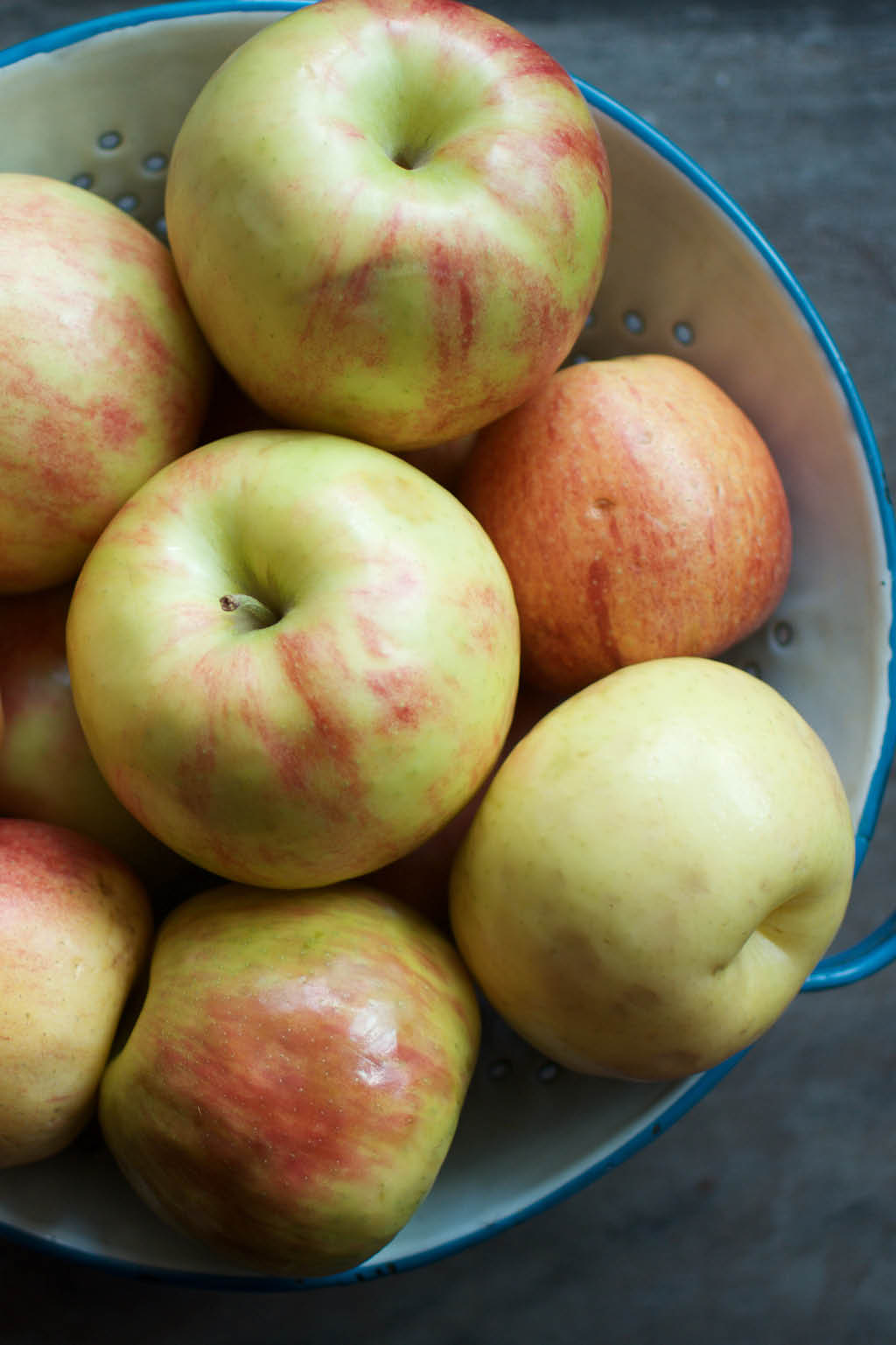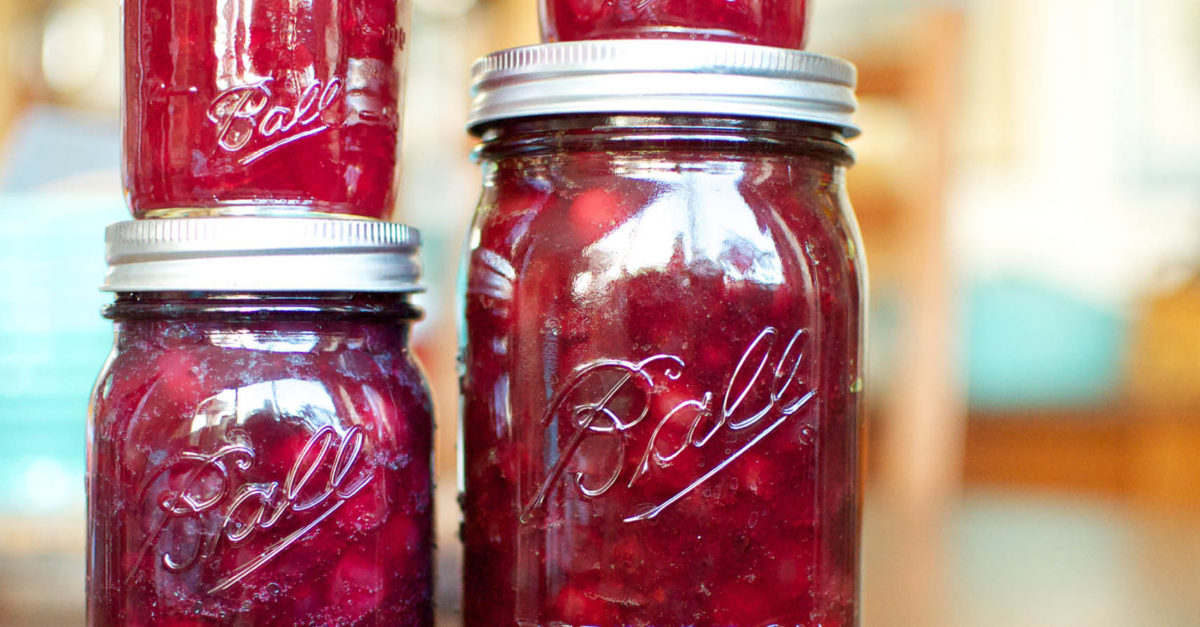For Whom the Jar Rolls
Canning is a food preservation method that’s become extremely popular with the trend of healthier eating in recent years. One of the online pioneers of this technique is Marisa McClellan, a Philadelphia-based blogger and author, who shares with us how she started her popular blog Food In Jars, provides tips for how to preserve foods properly, and explains the many benefits of canning.
It was the mid-2000s, and Marisa McClellan was feeling lost. She was in her mid- twenties, and she was trying to figure out what she wanted to do with her life. She had three jobs, but she didn’t like any of them. She was meant to do something—she just wasn’t sure what it was.
There was a new phenomenon at the time called blogging, so she figured she’d give it a shot. Maybe, she thought, this could lead her to her true calling. And that’s exactly what happened. Through her blogging, she realized that the thing she wanted to do most was to write.
She took a couple years off and went to grad school. As she was earning her master of arts in writing, she had another epiphany: she really felt at home writing about food. So when she was done with her grad work, she started looking for a job, hoping to land one that would give her an opportunity to write about food.
Her first break came in 2007, when she secured a freelance blogger position for AOL’s food blog, Slashfood; within months, she was promoted to its lead blogger. When this freelance position was coming to an end, McClellan decided she wanted to start her own food blog as a way to stay engaged with that community. Through her experience, she knew that one of the untapped niches at that time was canning. So in February of 2009, she launched her canning blog, Food in Jars.

The subject was perfect for her. After all, canning was part of her upbringing. “I grew up in Portland, Oregon, where we always had apple trees and blackberry bushes in our neighborhood and in our yard,” she recalls. “So we’d always do small amounts of canning. Plus, I always liked jars.”
McClellan wasn’t the first person to show interest in canning, of course. The process has been around for centuries. Napoleon Bonaparte has actually been given credit for inspiring the first canning efforts, which he did out of necessity. To aid in his war efforts at the turn of the nineteenth century, he offered a financial reward to anyone who could find a way to prevent his soldiers’ food from deteriorating. Taking on the challenge, confectioner Nicolas Appert mimicked the wine-making preservation method of heating wine in glass, and—voilà!—it worked. England’s Peter Durand applied the method to cans that same year, and, later in America, the Ball family, which consisted of five industrious brothers from Buffalo, New York, started to mass-produce the now ubiquitous Ball glass canning jars in the mid-1880s.
And it’s those Ball glass jars that McClellan uses to can her foods today. The type of jar is one of the first considerations when you can foods, she says, because the size of the jar should match what you’re canning. She mostly uses half pints, because a half-pint jar holds eight ounces, which, she says, is “a reasonable amount for most people to use up within the time that the preserve is still going to be good.” However, she goes on to say that it’s a different matter altogether if you’re trying to cut back on or eliminate sugar: “When you reduce sugar or replace it with a more natural sweetener, those foods aren’t going to last as long once they’re opened. So when I’m making things that are preserved without sugar, I use the quarterpint jars. By preserving it in smaller jars, I can eat what’s in the jar before it goes bad.” This trend in canning is so popular that McClellan dedicated her recently published third book, Naturally Sweet Food in Jars, to discussing the method.

In addition to writing books, McClellan keeps busy by teaching classes and giving demonstrations. “Never in a million years did I expect this would turn into my full-time job and make me a specialist in canning and preserving,” she marvels. Still, she says, the blog is her home base, the central repository of what she does. It’s where she gives updates about all her canning events, posts her canning recipes, and even tests the waters for new books. For instance, her second book, Preserving by the Pint, is all about small-batch preserving. But before she even pitched that idea to her publisher, she started posting small-batch recipes to see how people would respond to them. The public’s response was overwhelmingly positive, and that helped her to convince the publisher that it would make for a good book.
McClellan spends the majority of her work day on the blog, whether she’s developing recipes, writing or promoting posts, taking pictures, or working with sponsors. She tries to dedicate Wednesdays to cooking—she might make two to four different things on a Wednesday that people can see on the blog, and these recipes can give her ideas for a future book or freelance project. Wednesday is a full day in the kitchen.
For the most part, though, she looks at the blog as a resource for others. “It’s really there for people to find answers,” she says. “I work hard to answer every question that comes to me. If I can’t answer your question, I try to tell you where you can get an answer. It’s my living, but it’s also me offering a service to people.”
At the heart of that service is also buying local, which, she says, means “making an investment in my local economy” through canning. “I have a couple of farmers and orchardists who I work with a lot,” McClellan explains. “So I can rest assured, knowing not only that the food has traveled fewer miles but also that I’m supporting a local farmer. For example, I find that some things are really hard to grow organically in Philadelphia such as organic apples, because of the bugs in this part of the country. But I also know that the farmers I typically buy from are doing their very best to use few pesticides in their produce and are applying them mildly. It’s comforting to know that. I’d rather support a local farmer than buy an organic apple that was shipped from New Zealand and spent anywhere from a week to a month or more in a cargo hold.
“But I also source my jars from locally owned stores and distributors whenever possible,” she adds. “And I participate in my local food swap community, which gives me the opportunity to trade my homemade jam for pickles, baked goods, and homegrown veggies, all while building a network of like-minded friends and neighbors!”
McClellan notes that there’s also a financial benefit to canning foods. “It’s a chance to make the most of my food dollar,” she reasons. “Like so many home cooks, I like to use canned tomatoes in my cooking throughout the year. By buying locally grown, organic tomatoes when they’re in season and canning them, I’m able to get the highest-quality tomato I can afford at the best price.”
In addition to buying locally grown food, McClellan stresses the importance of learning as much as you can about canning before you start. “The most common mistake I run into is people not doing their research. There are some safety implications with canning, so you need to make sure you follow a recipe from a trusted source,” she advises. “Also, if you’re doing a boiling water bath preserve (which is most of what we do at home), you have to ensure there’s enough acid in the jar to prevent the growth of botulism. Best practices have changed in canning; what you might have learned fifty years ago is not what you are going to learn today.”
In fact, she starts each class by discussing safety. “It’s funny. People are either totally afraid of canning, or they have no fear whatsoever,” she shares. “What you need is a healthy amount of respect for the process to stay safe.” However, she adds, “My very best advice is to try to learn to be adaptable and flexible, because there is a learning process, and everything may not go as planned at first. So it’s also important to show some kindness to yourself. You’ll eventually get it, and, trust me, it’s worth it!”

The only downside for her? Space. “I have an entire wall of jars,” McClellan says. “I have preserves in just about every room of our apartment. They’re under our couch; they’re under our bed.” Her husband’s office is the only room spared. “It’s off-limits, at his request. No jars,” she laughs.
Of all her recipes, what does this canning queen enjoy most? One of her favorites, particularly in autumn, is pear vanilla jam. However, one of her followers’ favorites isn’t even hers. “One of the most popular recipes on the website is tomato jam. That recipe was given to me by a friend years ago,” she says. “It’s one that I get the most positive feedback about, above and beyond anything else I’ve ever done. And it wasn’t really my
recipe to start with!”
It may have taken a little while, but Marisa McClellan found her true passion, one she shares with others every day because she considers it to be the epitome of optimism. “For me, the act of preserving food is an inherently hopeful one,” she concludes. “When you can jam or preserve pickles, you believe that you and your family are going to be around to enjoy the fruits of your labor for some time to come. Ultimately, it’s a life-affirming activity.”
For more info, visit foodinjars.com.























